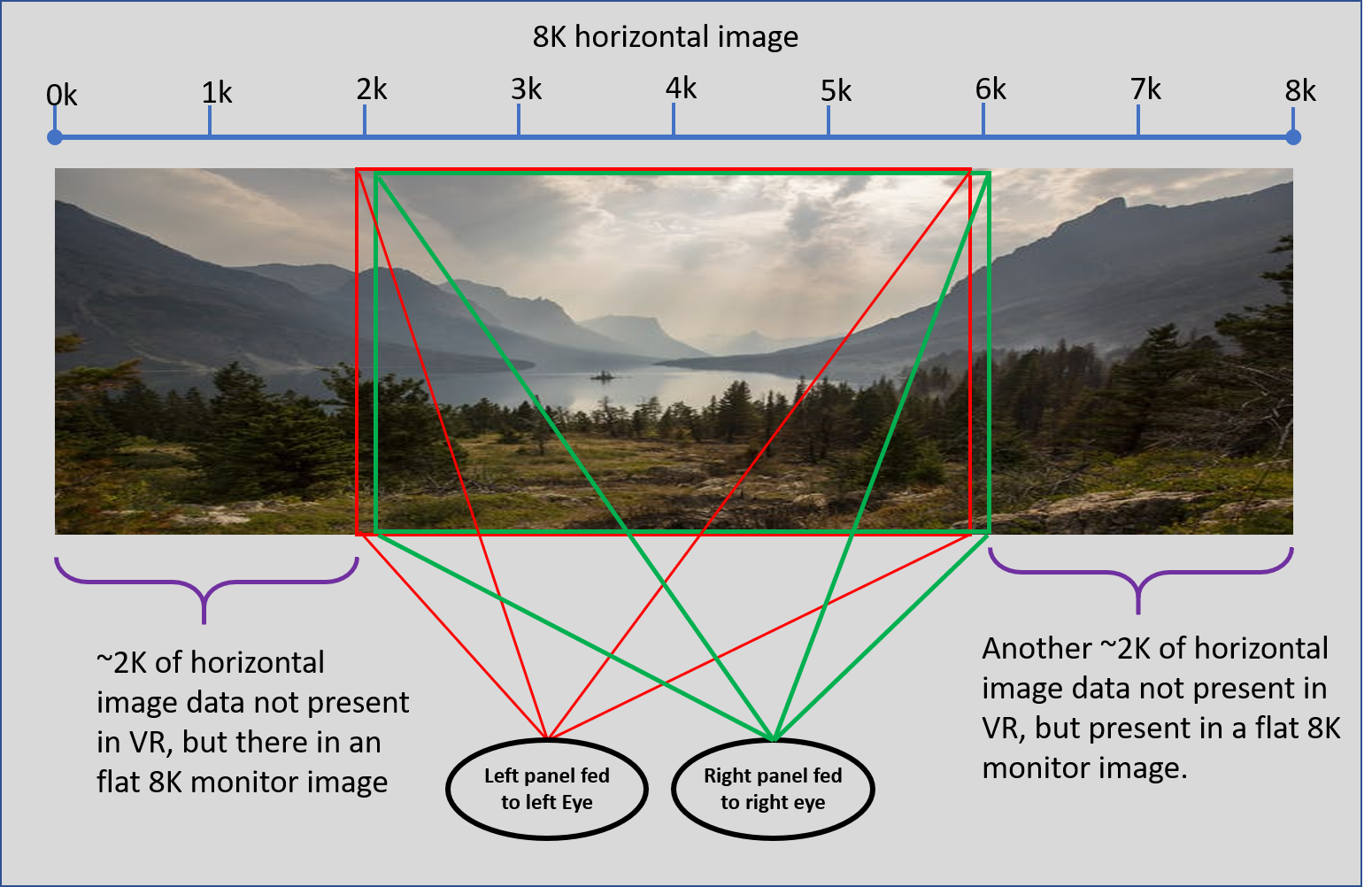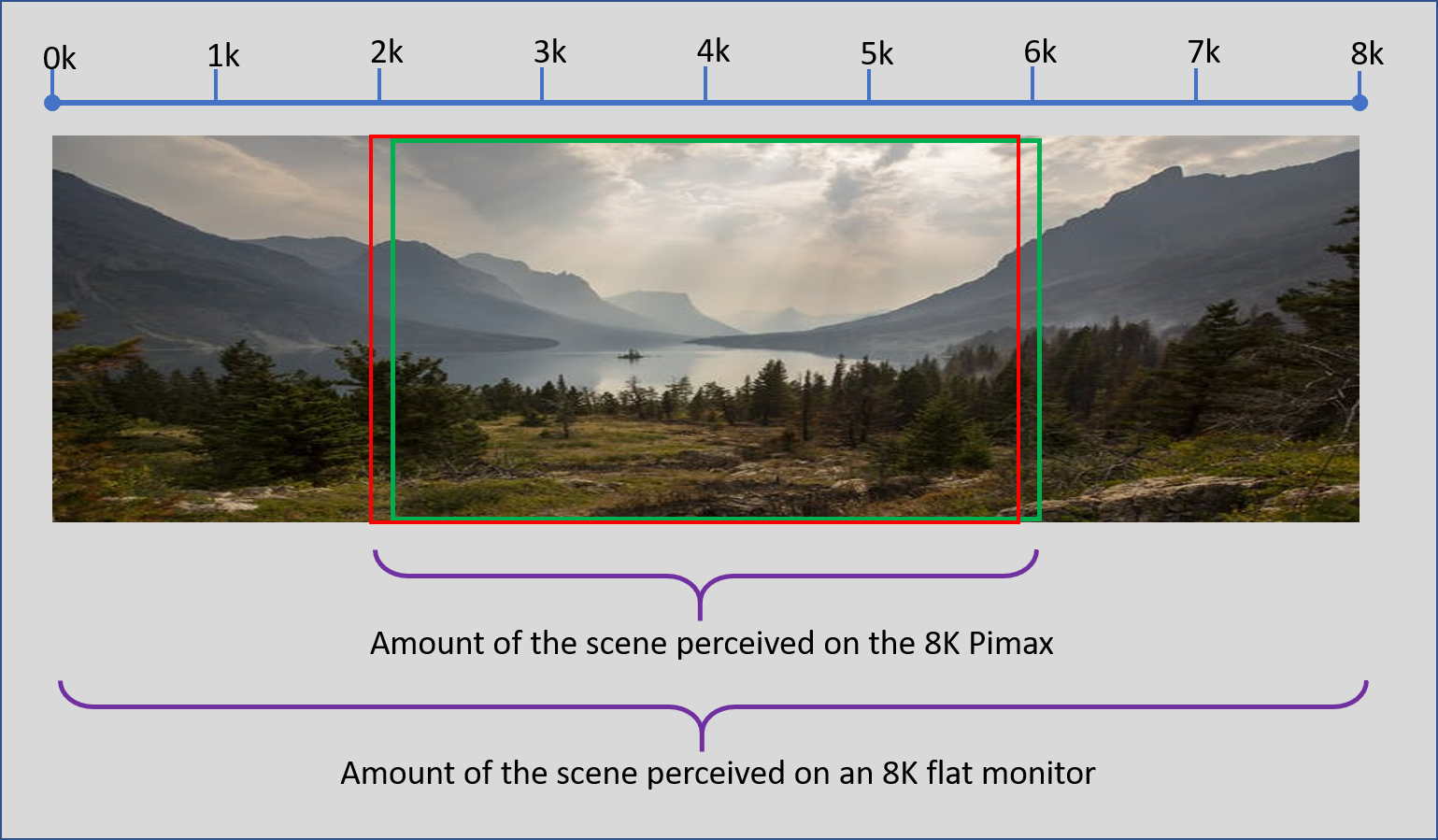IdiotInCharge
NVIDIA SHILL
- Joined
- Jun 13, 2003
- Messages
- 14,675
It's all marketing. Unlike computer monitors, there is no set aspect ratio for VR headsets. And as the 8K is 7,680 pixels wide, they do have a legitimate reason for calling it the 8K.
Well, we're talking about broadcast standards, and the use of the 'k' terminology does imply a more standard 16:9 ratio in the context of consumer hardware, which is where I'm coming from.
And I get the marketing angle- don't really want to do anything to inhibit adoption, and that's kind of why I'm pointing it out. 8k is twice the work of 4k per eye, and calling it 8k when it's really half 8k makes it sound less accessible than it really is.
![[H]ard|Forum](/styles/hardforum/xenforo/logo_dark.png)

